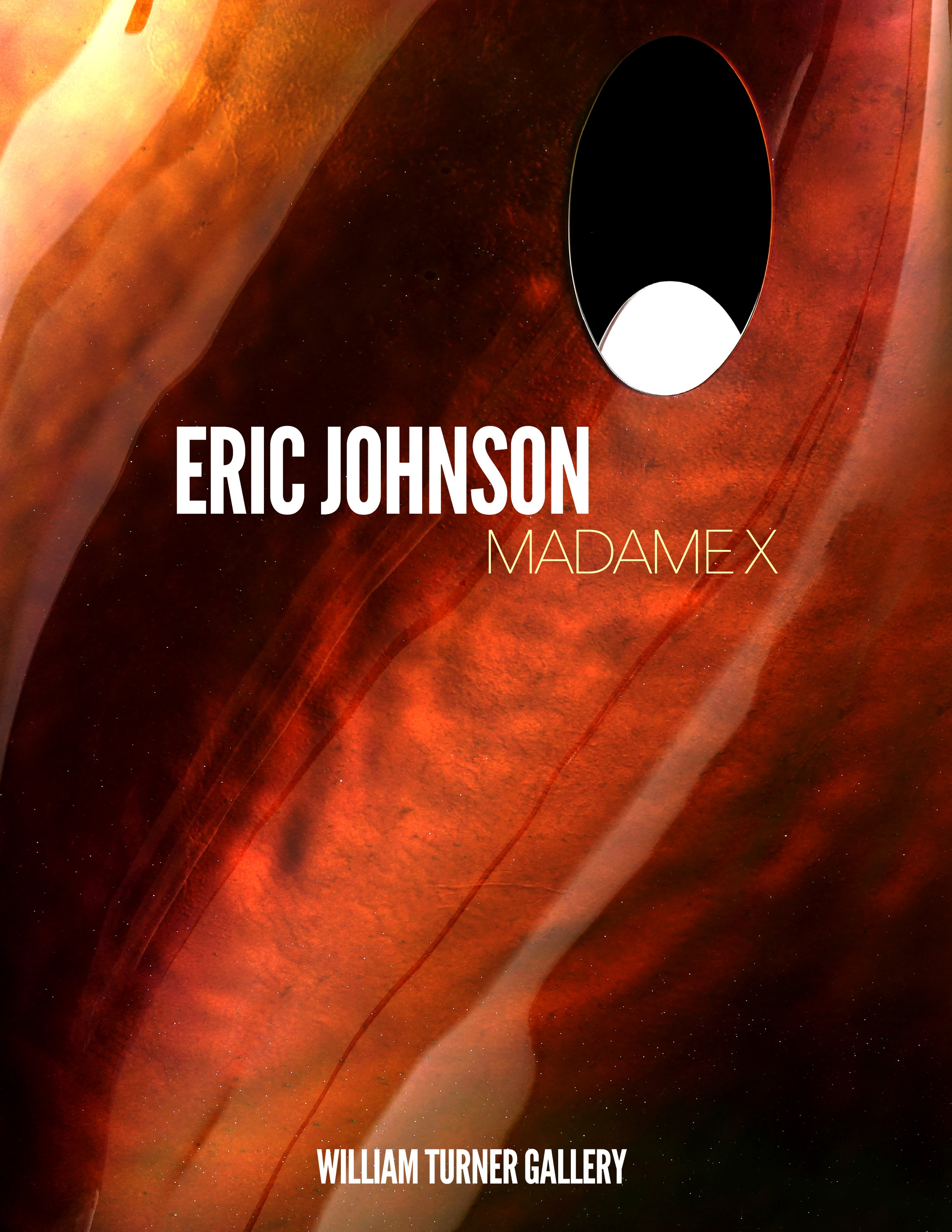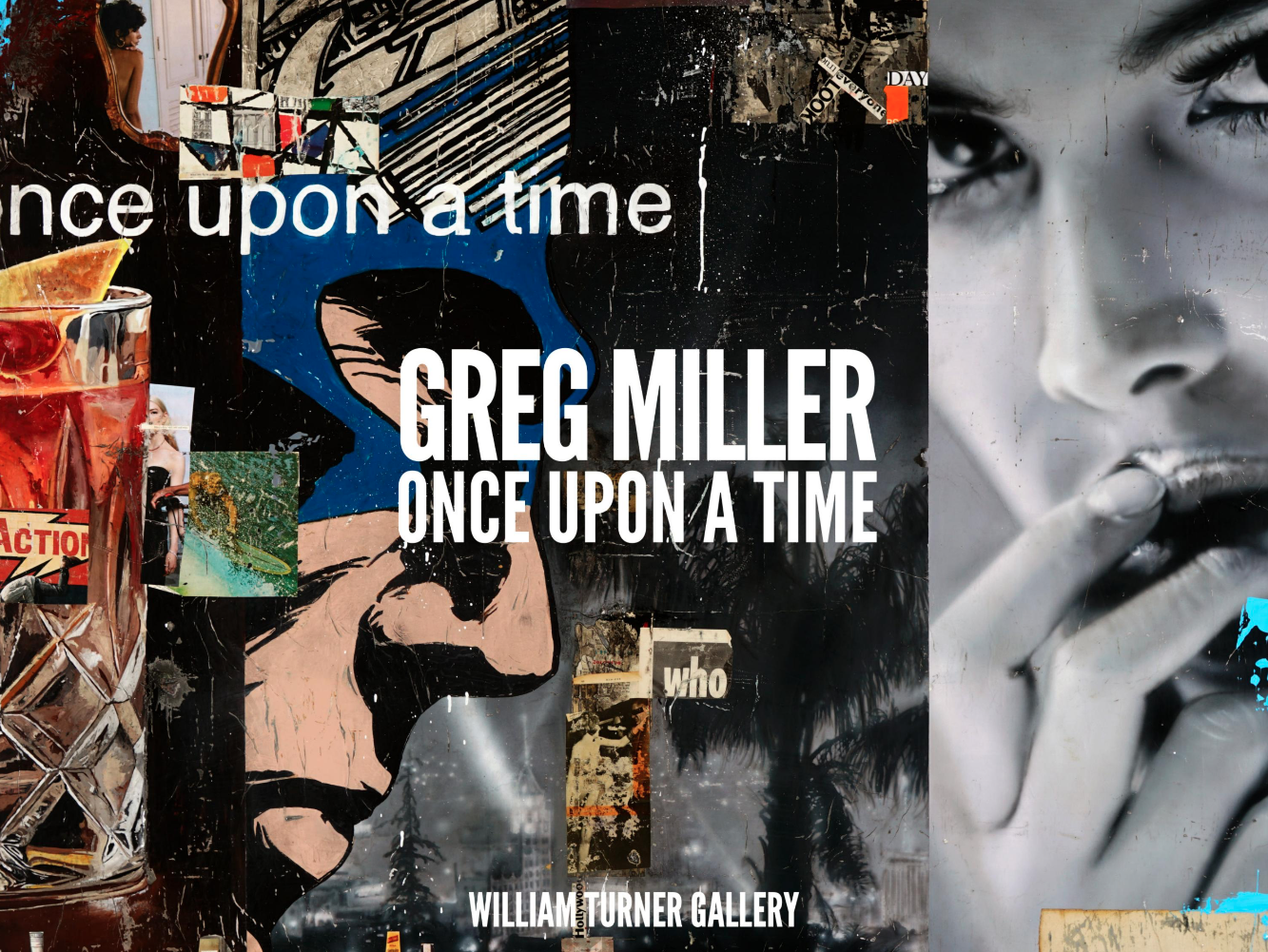LIGHT MATTER Closing This Saturday - PHENOMENA Phase Two of PST Opens November 16
/Phenomena features a range of work, from representational depictions to abstract expressions, celebrating the power and visual splendor of the natural world as a resource for creative expression and investigation. For centuries, artists have pictorially documented their observational studies of natural phenomena and the world around us. Manuscripts such as Natural History (77 CE) by Pliny the Elder and The Book of Miracles (1552), chronicled divine wonders and horrors in illustrations, often serving as warnings of the consequences of human deeds upon their environment and the mysteries of the natural world. Utilizing these extraordinary codexes as a genesis for Phenomena, the exhibition explores related themes.
In the 16th century, “cabinets of curiosities” or “wonder rooms” in Europe served as spaces to showcase collections curated for the artistic and scientific interests of their patrons and served as precursors to museums. With missions to both amuse and enlighten, “cabinets of curiosities” functioned as sources for entertainment and educational resources, thus intersecting art and science. In the late 19th century, scientific inquiry shifted from museums to university laboratories bifurcating the two discourses. Phenomena merges the two disciplines as they once had been integrated in the cabinets of curiosities.
Artists in Phenomena: Charles Arnoldi, Natalie Arnoldi, Ryland Arnoldi, Kelsey Brookes, Alex Couwenberg, Franco Defrancesca, Lawrence Gipe, David Lloyd, Ed Moses, Jeff Overlie, Melanie Pullen, Jennifer Wolf





























